About Sally Ride EarthKAM
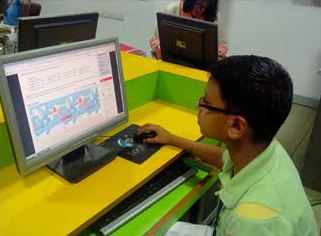
Learn more about the EarthKAM team, the International Space Station, and EarthKAM.


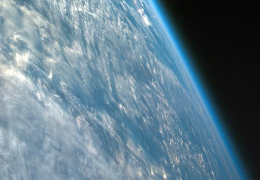
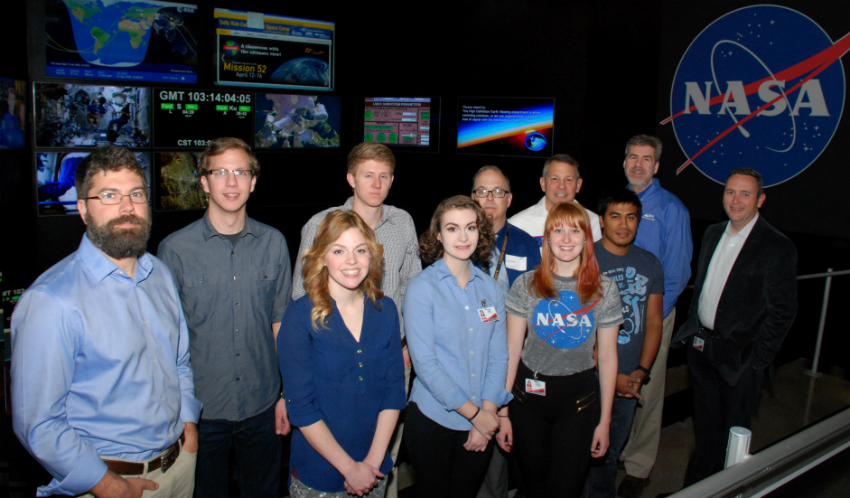
The Sally Ride EarthKAM Mission Operations Center (MOC) is located at U.S Space & Rocket Center and is modeled after NASA’s Mission Control Center at Johnson Space Center (JSC). The mission team targets, requests, and retrieves images from the International Space Station and communicates with JSC in the MOC for all Sally Ride EarthKAM missions. A staff comprised of University of Alabama in Huntsville students and Sally Ride EarthKAM advisors supports and maintains the MOC year round.
Mission Operations Center Students

Angela Burke Mission Operation |

Tyler Finley Mission Lead |
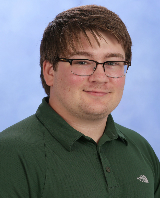
Jeremy Frost Mission Operation |

Timothy Klug Mission Lead |

Ajinkya Kulkarni Web/Software Architect |

Manil Maskey Web/Software Architect |

Kush Shrestha Web/Software Developer |
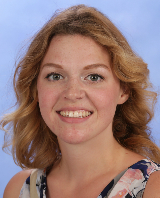
Dawn White Mission Operation |
To learn more, visit the Mission Operations Alumni.
- Print Text
- Close Mission Operations Center
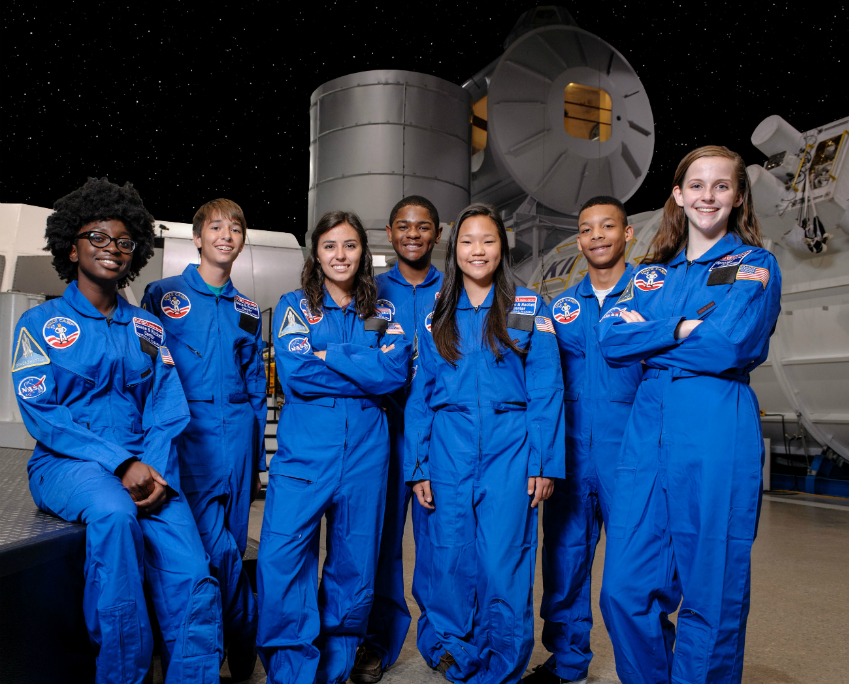
Space Camp® launched in 1982 to inspire and motivate young people from around the country to join the ranks of space pioneers who persevere to push the boundaries of human exploration. Today, with attendees from all 50 states, territories and more than 60 foreign countries, the immersive program continues to challenge young people to dream of a future in space.
With the U.S. Space & Rocket Center® as home base, trainees have an unparalleled environment to spur imagination. Historic space, aviation and defense hardware, along with exhibits that highlight current and future programs help Space Camp trainees transcend from, “What if?” to “Can do!” Space Camp alumni include NASA and ESA astronauts, engineers, scientists and technologists.
Static displays and unique settings provide excellent areas for classroom instruction while hands-on training, high fidelity simulations and enthusiastic crew trainers ignite the sizzle of Space Camp. Teamwork, leadership, decision-making: from mission control to space transport to space station, trainees gain personal and professional insights that profoundly impact their futures.
Space Camp is the brainchild of rocket scientist, Dr. Wernher von Braun. Von Braun led propulsion activities that launched the Apollo-era U.S. manned space program and envisioned an aggressive schedule for America’s space-bound pioneers. Von Braun, then director of the NASA Marshall Space Flight Center, reasoned there should be an experience for young people who were excited about space. Under the guidance of Edward O. Buckbee, the first director of the U.S. Space & Rocket Center, Space Camp was born.
Camps are available for fourth grade through high school-age students. Additional programs are offered for trainees who are blind or visually impaired, deaf or hard of hearing and those who have other special needs. Space Camp programs are also available for adults, educators, corporate groups and families. Family programs may include children as young as seven years old.
Space Camp has attracted more than 750,000 trainees since its inception.
To learn more, visit the Spacecamp website.
- Print Text
- Close Space Camp
EarthKAM Partners
 |
U.S. Space & Rocket CenterThe U.S. Space & Rocket Center is a museum that is home to the nation’s most complete collection of America’s space vehicles and is home to Space Camp. The Rocket Center manages the EarthKAM program and houses the Mission Operations Center. |
|---|---|
 |
The University of Alabama in Huntsville (UAH)The Information Technology and Information Center at UAH operates the EarthKAM servers and provides information technology services. Students from Earth System Science at UAH staff the Mission Operations Center and provide science support for the missions. |
 |
NASA – Marshall Space Flight Center and Johnson Space Flight CenterThe Marshall Space Flight Center Payload Operations Integration Center (POIC) located in Huntsville, Alabama manages all payload activities onboard the International Space Station (ISS). All EarthKAM operations are directed through the POIC, including the image requests for uplink to the onboard camera and the actual images for downlink. The Johnson Space Center located in Houston, Texas houses International Space Station (ISS) Program support and facilitates file transfer for EarthKAM. |
 |
Teledyne Brown Engineering, Inc. (TBE)Teledyne Brown Engineering is an industry leader in engineered systems and advanced manufacturing. TBE has provided well over 130,000 continuous hours of real-time science operation to the International Space Station community and serves as the Payload Developer for EarthKAM. |
 |
Sally Ride ScienceSally Ride Science is an innovative science content company dedicated to supporting girls' and boys' interests in science, math, engineering, and technology. Sally Ride Science manages the Sally Ride EarthKAM program. |
EarthKAM Management
 |
Dr. Deborah BarnhartDirectorDr. Barnhart is the Chief Executive Officer and Executive Director of the U.S. Space & Rocket Center and serves as the principal investigator on the EarthKAM project. Her career spans three decades of service in commercial industry, government, aerospace and defense – including a 26 year career in the United States Navy, where she attained the rank of Captain and was one of the first ten women assigned to duty aboard ships. She holds several recognitions for her work in education outreach, including the NASA Distinguished Public Service Award and the Honeywell Hometown Heroes Award. |
 |
Dr. Sara J. GravesInformation Technology and Systems LeadDr. Graves is a Board of Trustees University Professor, Professor of Computer Science and Director of Information Technology and Systems Center (ITSC) at the University of Alabama in Huntsville. ITSC conducts research and development in data mining and knowledge discovery, distributed sensor and data systems, data and service interoperability, and semantics. Dr. Graves oversees the EarthKAM web portal, image processing, and other information technology and systems. |
 |
Dr. Rob GriffinMission Operations and Science LeadDr. Rob Griffin is an Earth system scientist and environmental anthropologist at the University of Alabama in Huntsville (UAH). With his students, Rob works around the globe using NASA science and technology to study current environmental issues. A specialist in the fields of satellite remote sensing and Geographic Information Systems (GIS), he is the science lead and oversees the Mission Operations Center for EarthKAM. |
 |
Brion J. AuPayload DeveloperBrion Au works for Teledyne Brown Engineering as the EarthKAM Operations Lead with the Training & Crew Operations Branch, Mission Operations Laboratory, Marshall Space Flight Center. Overseeing the development of training and real-time flight products, he coordinates actions of the EarthKAM Mission Operations Center with the Payload Operations Integration Center during EarthKAM missions onboard the International Space Station. |
- Print Text
- Close EarthKAM Partners and Management


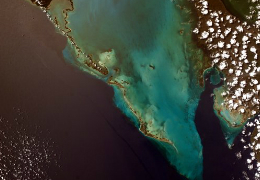
The International Space Station
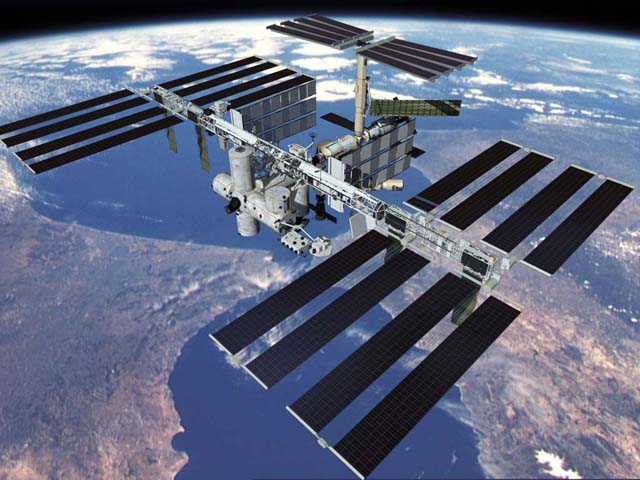
On Jan. 29, 1998, representatives of 15 countries met in Washington, D.C., and agreed to an unprecedented partnership for the design, development, operation, and use of a space research station. Today, 16 years and more than $150 billion later, the International Space Station (ISS) is the largest, most expensive laboratory ever built in space.
The International Space Station (ISS) is a unique scientific platform that enables researchers from all over the world to put their talents to work on innovative experiments that could not be done anywhere else. Although each Space Station partner has distinct agency goals for station research, each partner shares a unified goal to extend the resulting knowledge for the betterment of humanity. We may not know yet what will be the most important discovery gained from the space station, but we already have some amazing breakthroughs.
In the areas of human health, innovative technology, education and observations of Earth from space, there are already demonstrated benefits to people back on Earth. Lives have been saved, station-generated images assist with disaster relief, new materials improve products, and education programs inspire future scientists, engineers and space explorers. The ISS is expected to play a key role in future efforts to explore the Moon and to land humans on Mars. "The International Space Station is the centerpiece for our human exploration and our spaceflight endeavors in the coming decade," NASA Administrator Charles Bolden said. "I like to say it's our anchor for the future of human exploration. The station is our start to the journey outward."
To learn more, visit the NASA ISS website.
- Print Text
- Close ISS Information
1. Tell me more about the history of EarthKAM.
(Earth Knowledge Acquired by Middle school students) is a NASA educational outreach program that enables students, teachers, and the public to learn about Earth from the unique perspective of space. During Sally Ride EarthKAM missions (periods when the Sally Ride EarthKAM camera is operational), middle school students around the world request images of specific locations on Earth. The entire collection of Sally Ride EarthKAM images is available in a searchable Sally Ride EarthKAM image archive. This image collection and accompanying activities are extraordinary resources to engage students in Earth and space science, geography, social studies, mathematics, communications, and art.
The project was initiated by Dr. Sally Ride, America’s first woman in space, in 1995 and called KidSat. The KidSat camera flew on three space shuttle flights (STS 76, 81, and 86) to test its feasibility. In 1998, the program was renamed EarthKAM. The EarthKAM camera flew on two more shuttle flights (STS 89 and 99) before moving to the International Space Station (ISS) on Expedition 1 in 2001. Sally Ride died in 2012, and in 2013, NASA renamed the program Sally Ride EarthKAM. The Sally Ride EarthKAM camera remains a permanent payload on the ISS, supporting about four missions annually.
2. Which schools participated in the last EarthKAM missions and how many pictures did they take?
To learn more, visit the Mission Information.
3. What kind of camera is used for EarthKAM?
To learn more, visit the ISS Camera System.
4. How do I get involved in Sally Ride EarthKAM?
Please vist our Help page.
- Print Text
- Close FAQ
Thanks to our current Sally Ride EarthKAM sponsor.
 |
Analytical Graphics, Inc. provided Satellite Tool Kit software. |
|---|
- Print Text
- Close EarthKAM Sponsor







